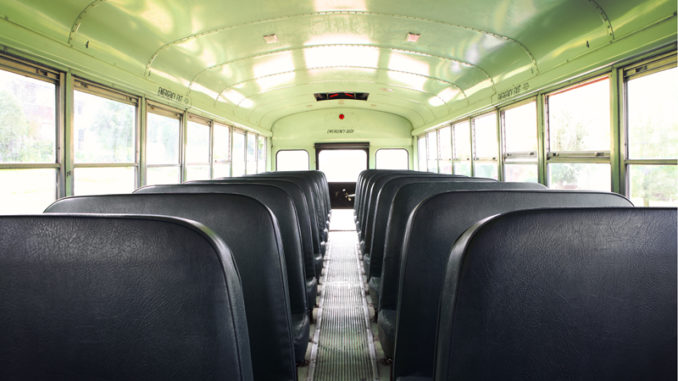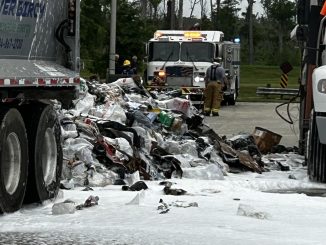
New Jersey wreck saw teacher, student killed
In the wake of a May New Jersey school bus crash that left one student and one teacher dead, the longtime debate of whether seat belts on school buses should be nationally required has re-ignited.
While both those for and against the requirement agree the safety of students come paramount to all other discussion, the debate has been centered around exactly how much safer the installation of seat belts would make school buses, relative to the cost of installing them and reallocation of funds utilized in other areas.
Larger school buses, by design, are considered much safer than passenger cars because they are heavier and are designed with closely spaced seats that offer crash protection even without seat belts, according to the National Highway Traffic Safety Administration (NHTSA). But in smaller school buses, which are closer in size and weight to passenger cars and trucks, seat belts are required. The NHTSA estimates the cost of equipping a large bus with seat belts would be between approximately $7,000 and $10,000 for each.
According to Patrick O’Malley, St. Charles Parish Public Schools’ Director of Ancillary Services, the only buses the parish currently equips with seat belts are the ones used to transport special needs students as well as those in the parish’s Head Start program.
He said the prospect of equipping all buses with seat belts has been a long-discussed topic over the years and that there are ample pros and cons on each side of the conversation.
“I think, at the end of the day, the jury’s still out,” O’Malley said. “You obviously do have to look at the cost of funding something like that, and then the question of what the source of that funding would be.
“But at the same time … to balance that against the argument of safety? That’s why I think the jury is still out, because it comes down to the question of whether the end justifies the means. So I wouldn’t say it comes down totally to cost. That has to be balanced with the need for safety and the benefit (the seat belts) would produce.”
O’Malley noted that today’s school buses are constructed and designed for crash protection and safety, and the numbers back that up. According to the website schoolbusfacts.com, which is referenced by the National Association for Pupil Transportation, students are 70 times more likely to get to school safely via a school bus than by car. Each bus is required by national law to be equipped with flashing red lights, cross view mirrors, stop sign arms, protective seating, rollover protection and high crush standards.
Bus drivers are also trained in student behavior management, safety and security procedures and emergency medical procedures and undergo frequent driving record checks.
According to research by the National Highway Traffic and Safety Administration (NHTSA), just 1 percent of youth fatalities during school traffic hours happen on school buses, opposed to teen drivers (57 percent), adult drivers (23 percent) and other travel (19 percent).
“Is it perfect? I don’t think it’s perfect, but (the safety record of bus travel) is important to include in any discussion,” O’Malley said. “Buses have an incredibly impressive safety record when looking at accidents and fatalities per million miles … school buses are the safest. Whether you’re looking at planes, trains or automobiles, school buses are the safest.”
For years, safety groups have pushed for a safety belt requirement to be added to buses.
As recently as 2014, the NHTSA rejected the implementation of a seat belt requirement on school buses in the past “given the low safety need for the belts, when such a decision has a direct bearing on the ability of the local decision-makers to allocate and spend limited pupil transportation resources on other school transportation safety needs that are likely to garner greater benefits, perhaps at lower cost … We assessed the safety need for seat belts. Since school buses are already very safe and are the safest mode of school transportation, a seat belt mandate would result in very few benefits.”
But in 2015, NHTSA shifted its position and for the first time endorsed the implementation of three-point safety belts on school buses, though it stopped short of creating a requirement for them. The NAPT and the NHTSA have been in agreement that the decision to require belts on buses should be left to each state.
Louisiana is one of eight states where larger buses — of 10,000 pounds or more — can be required to have lap-shoulder belts, with others including Arkansas, California, Florida, Nevada, New Jersey, New York and Texas. But in Louisiana, it is required only if funding is provided by the state or school districts.





Be the first to comment